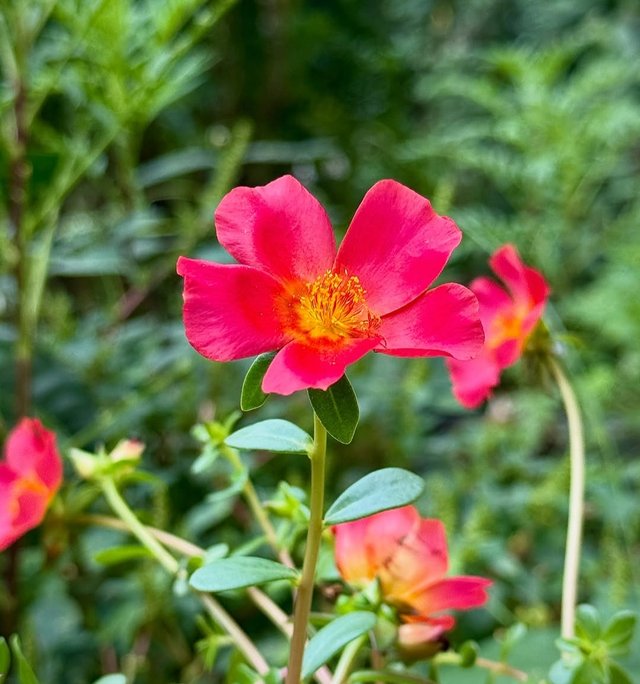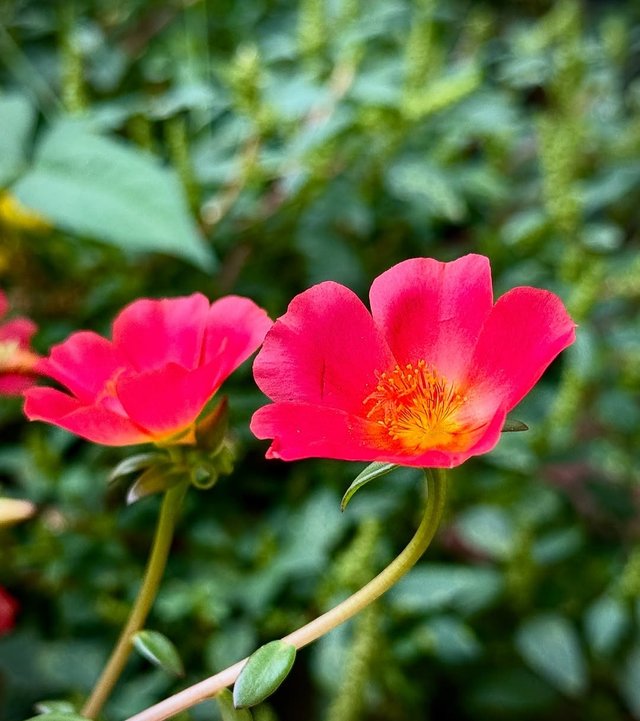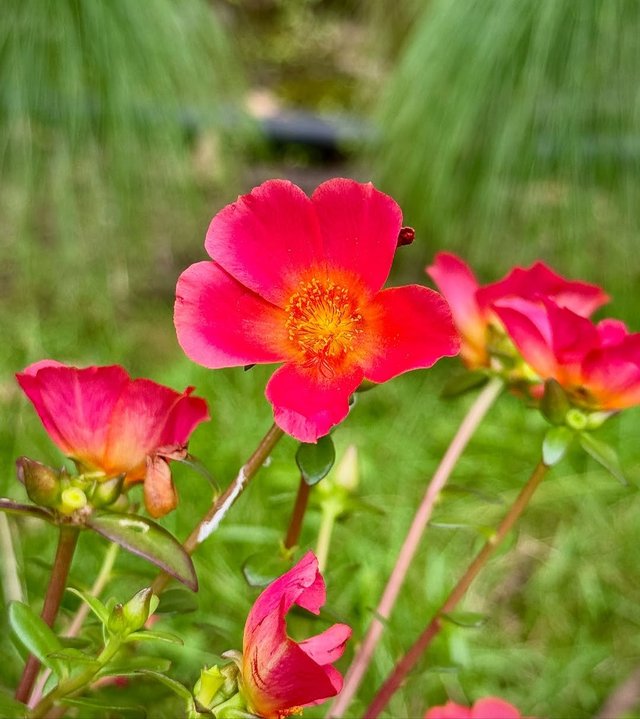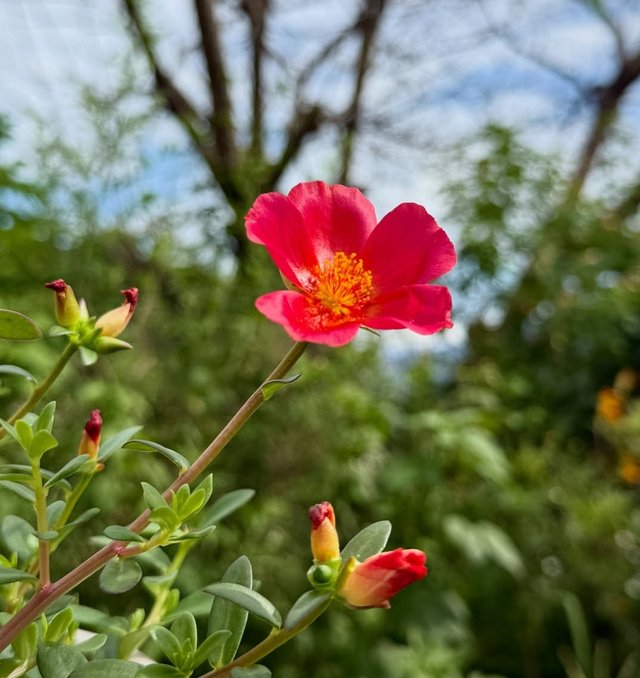Amazing Colour Moss-Rose Purslane Flower
Moss-Rose Purslane: A Colorful Groundcover for Sunny Gardens
Moss-rose purslane is a vibrant, low-growing succulent known for its dazzling, rose-like flowers and hardy nature. Beloved by gardeners worldwide, this plant is often used as a cheerful groundcover, edging for garden beds, or a bright filler for hanging baskets and containers. Its common names include moss-rose, purslane, and sun plant, all hinting at its sunny disposition and mat-forming growth habit.
Botanical Background and Origin
Moss-rose purslane belongs to the Portulacaceae family and is native to South America, particularly Brazil, Argentina, and Uruguay. Over time, it has spread across warm regions globally, admired for its adaptability and minimal care requirements. This annual succulent has fleshy, cylindrical leaves that store water, helping it thrive even in hot and dry conditions where other plants might struggle.
Distinctive Features
Flowers: The most striking feature of moss-rose purslane is its vibrant blooms. The flowers resemble miniature roses and come in a wide range of colors—pink, red, yellow, orange, white, purple, and even bi-colored varieties. They usually open in the morning and close by afternoon, preferring sunny days for maximum display. Modern cultivars like ‘Happy Hour’ or ‘Sundial’ are bred for longer bloom times and more vivid hues.
Foliage: Its needle-like leaves are succulent and bright green, forming a dense mat that hugs the soil surface. This feature makes it an excellent choice for erosion control on sunny slopes or in rock gardens.
Growth Habit: Moss-rose purslane typically grows 6–8 inches tall and can spread up to 12–18 inches wide. Its trailing stems make it ideal for cascading over container edges.
Growing Conditions
Sunlight: Full sun is essential. Moss-rose purslane thrives in at least 6–8 hours of direct sunlight daily. In low light, its blooms will be sparse or may not open fully.
Soil: Well-draining soil is crucial. Sandy or rocky soils suit it perfectly, but it can adapt to poor soils as long as water does not pool around its roots.
Watering: Being drought-tolerant, moss-rose purslane prefers infrequent watering. Overwatering can cause root rot. Allow the soil to dry between waterings.
Temperature: It is heat-loving and grows best in warm climates. Frost will kill the plant, so in cooler areas, it is grown as an annual or brought indoors in containers during winter.




%20(8).jpeg)